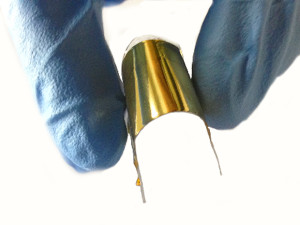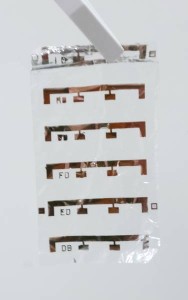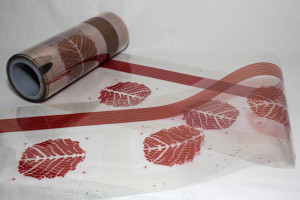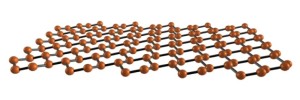Many of the most influential people of our time are also the most obscure. Take John Goodenough, for example. While he may not be a household name, everyday devices such as laptops and smartphones exist because of his work on lithium-ion batteries.
But even in his 90s, Goodenough isn’t done yet. He’s already invented the lithium-ion’s nervous system, which houses the cobalt-oxide cathode. This is the most important part of every lithium-ion battery, but Goodenough isn’t satisfied with this major scientific feat. Now, he’s looking to go one step further.
This from Quartz:
Today, at 92, Goodenough still goes to his smallish office every day at the University of Texas at Austin. That, he says, is because he’s not finished. Thirty-five years after his blockbuster, the electric car still can’t compete with the internal combustion engine on price. When solar and wind power produce electricity, it must be either used immediately or lost forever—there is no economic stationary battery in which to store the power. Meanwhile, storm clouds are gathering: Oil is again cheap but, like all cyclical commodities, its price will go back up. The climate is warming and becoming generally more turbulent.
Essentially, Goodenough is looking to create a super-battery.









